Wall is a significant topographical feature that defines and demarcates a city's physical form. Over the years, the intention and function of construction has varied broadly; from a defensive system to protect the inhabitants, to an isolation device used to weaken the city. The City Walls is a travel research exploring the changing function of the peripheral walls of European cities as they evolve from medieval to contemporary period. The blog is created by Kyat Chin, the recipient of 2016 Cavin Family Traveling Fellowship (CFTF). To learn more about the fellowship, please visit www.cavinfellowship.org
Don't wanna be here? Send us removal request.
Photo
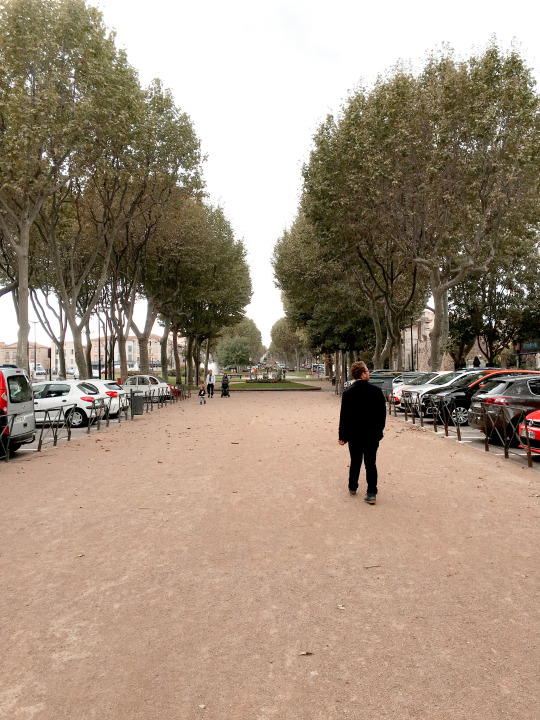
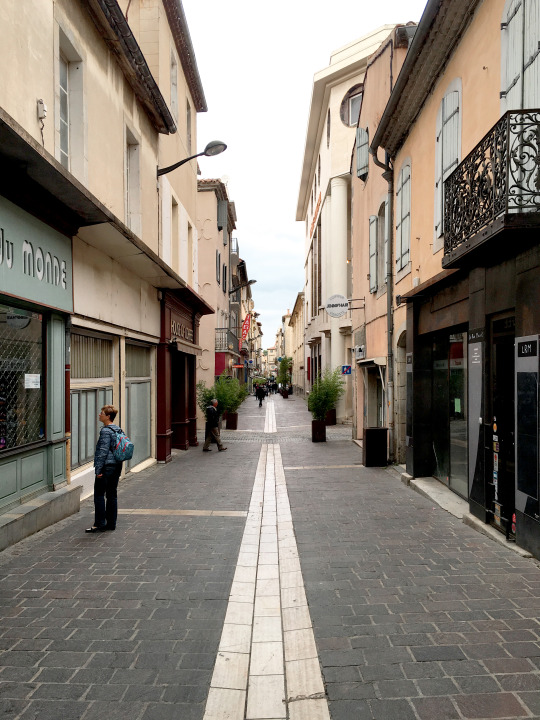
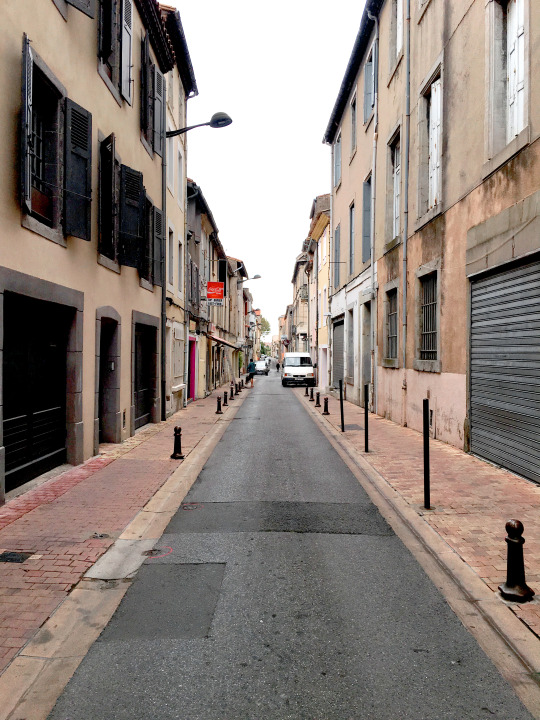
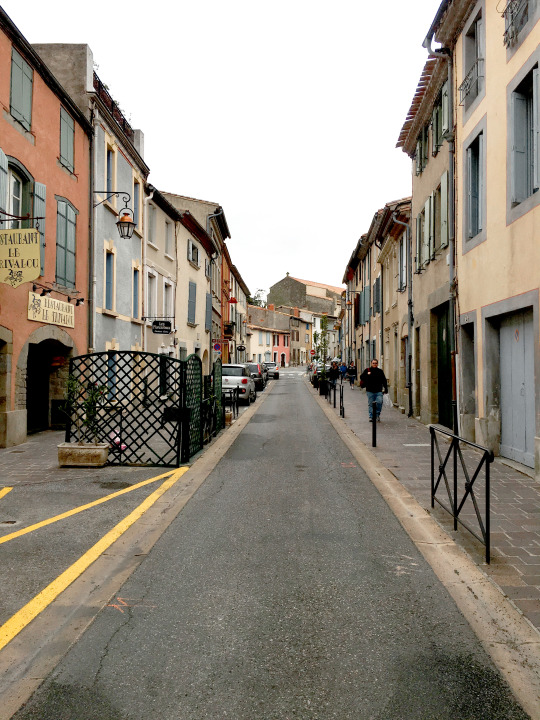
La Ville Basse is constructed by the abandoned inhabitants of Cité de Carcassonne in a grid pattern and the town was indefensible with a wall enclosed. Majority portion of the wall is replaced with a combined programs: Garden and Parking.
0 notes
Photo
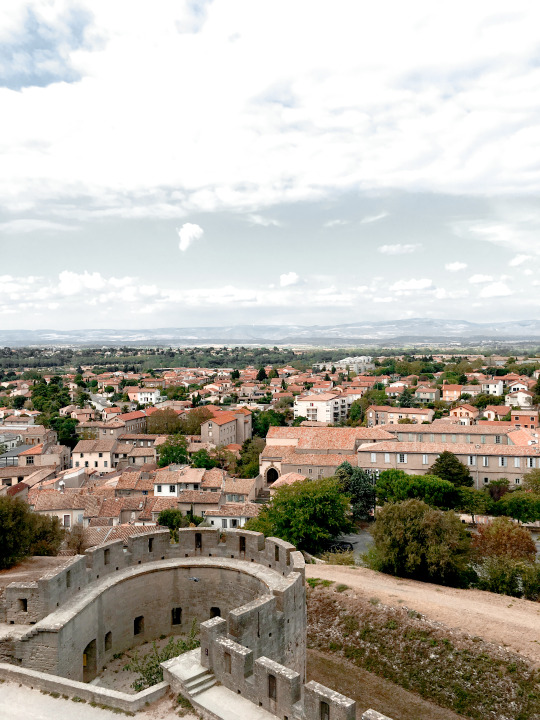
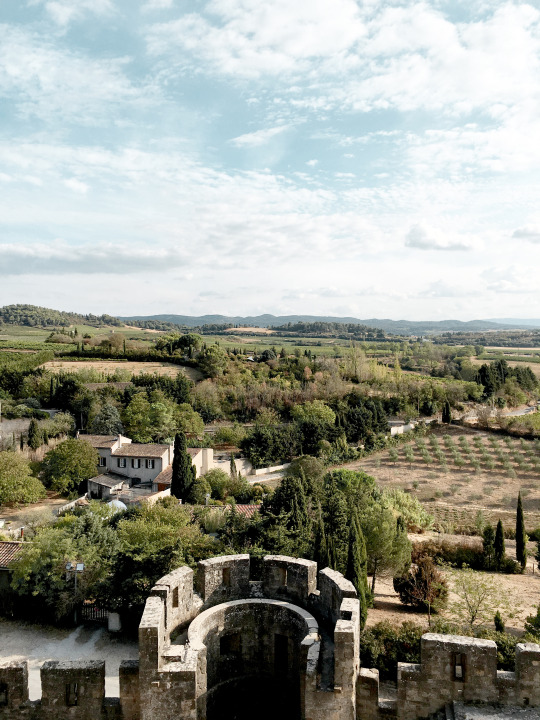
Carcassonne consists of three cities; Cité de Carcassonne, La Ville Basse, and the modern city. Each city built in different time periods for different intentions. Cité, in French, translates as walled town. Cité de Carcassonne is a castle, built during pre-French period with inner walls. The outer defensive walls were French, added in 13th century and the whole castle was heavily restored in 19th century by Viollet le Duc. The castle is a landmark that confronts the various landscape conditions of Carcassonne.
1 note
·
View note
Photo
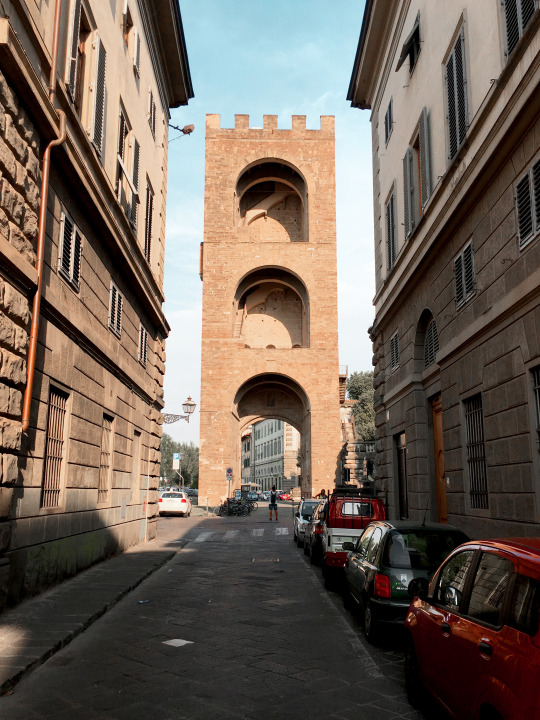
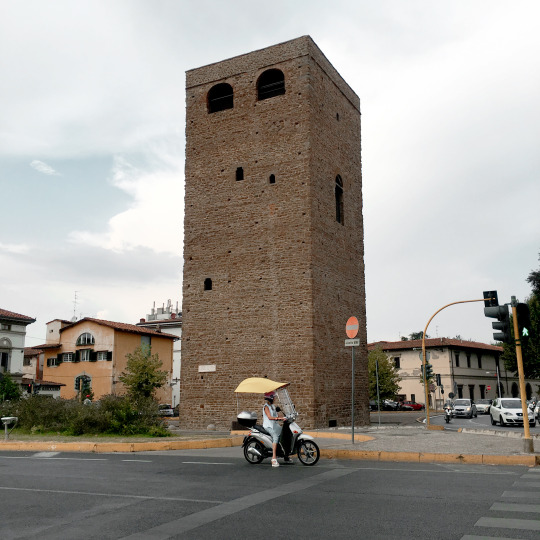
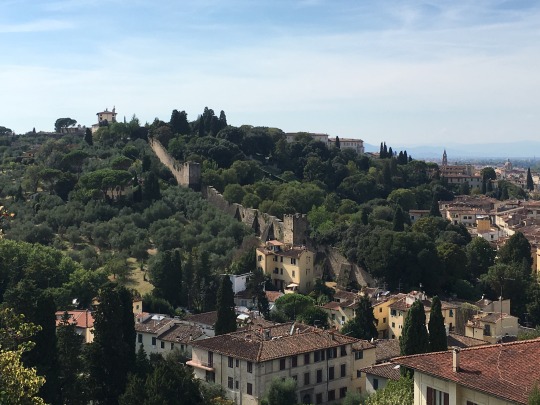
Florence evolved in many phases since 60 B.C. when it was founded. The city walls of Florence have been widened, shrank, and rebuilt six different times. The sixth city walls enclose the Florence crossing the river Arno. Due to industrial and technological advancement, the need for city wall has diminished. Consequently, the majority of the city wall is demolished, leaving the towers and two fortresses.
1 note
·
View note
Photo
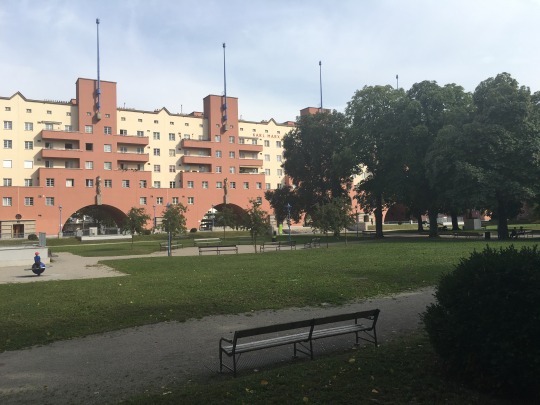
Linienwall is an outer wall of fortification, which later was made way for Vienna Beltway. The Beltway, similar to Vienna Ring Road, contains roadway infrastructure for automobiles and trams. During Red Vienna movement, Social Democrats implemented Gemeindebauten (Municipality buildings), which usually provide low-cost public social housing. Many of the housing projects became culturally and architecturally significant; i.e. Karl-Marx Hof, which is evidenced on the Beltway.
0 notes
Photo
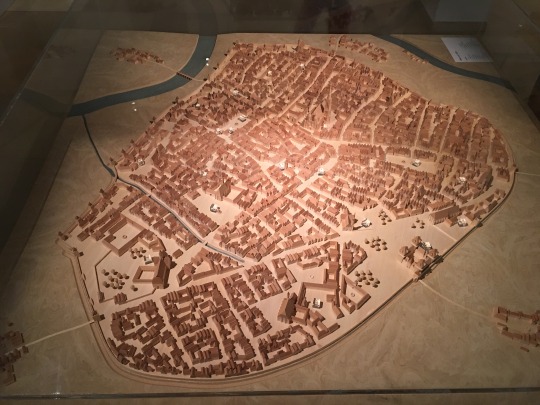
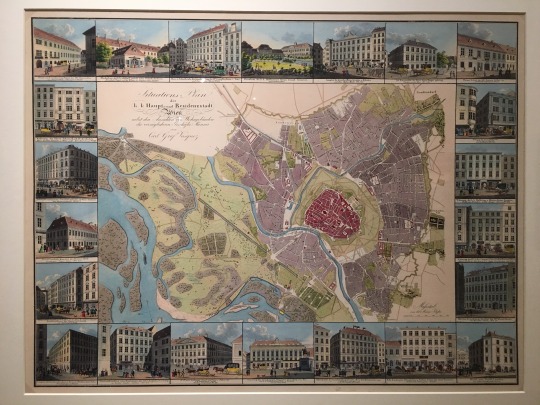

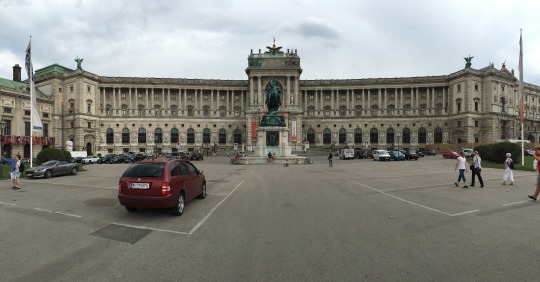
Begin as a trade and wine making city, Vienna gain its importance in the 12th century. Not after, the city constructed its city walls and enjoyed a large degree of autonomy, reflected in the self-government of its citizens. Under the reign of Franz Joseph, the city walls were removed for the industrial expansion and unity of the city, combining several suburbs that surrounded the city. "Ringstrasse", where the city wall used to sit, is transformed into a boulevard represented with State Opera, City Hall, Parliament, the Burgtheater and the palaces of the ambitious financial aristocracy.
1 note
·
View note
Photo
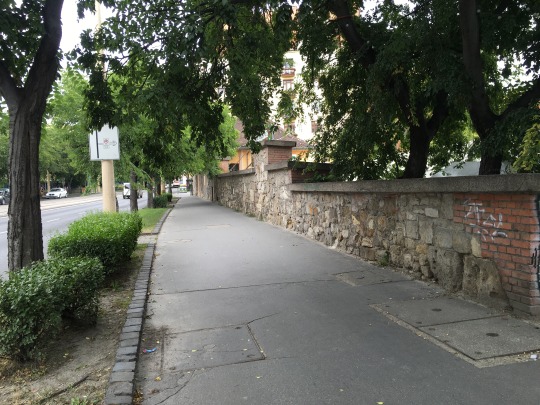
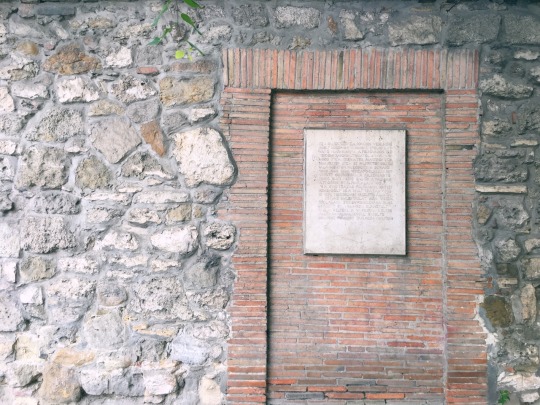
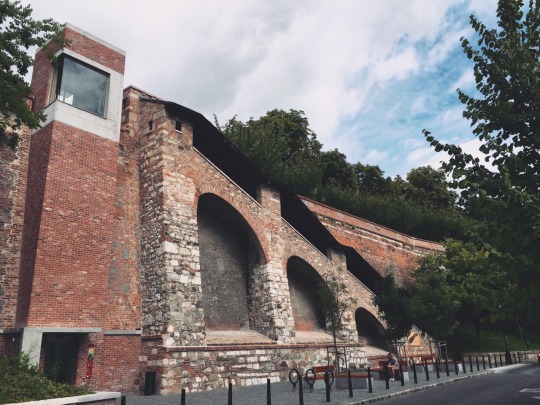
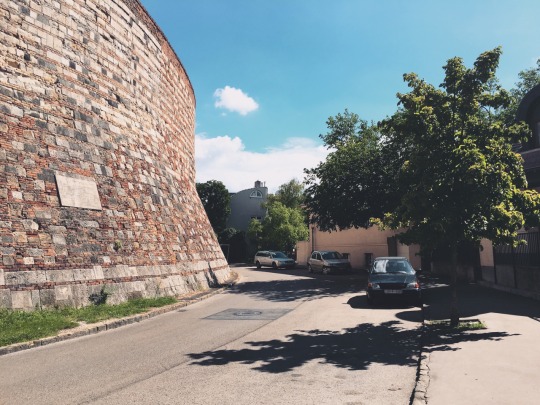
Most of the buildings and the city walls of Budapest suffered greatly from the war. However, the city has restored and renovated a great deal of its destruction as if the damage never occurred. During the process of restoration, the city abandoned a portion of the wall that encloses Buda. On the other hand, the fortress wall of the Palace is fully restored for tourist attraction.
2 notes
·
View notes
Photo
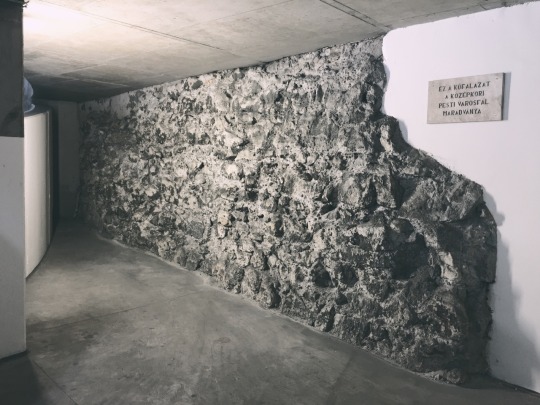

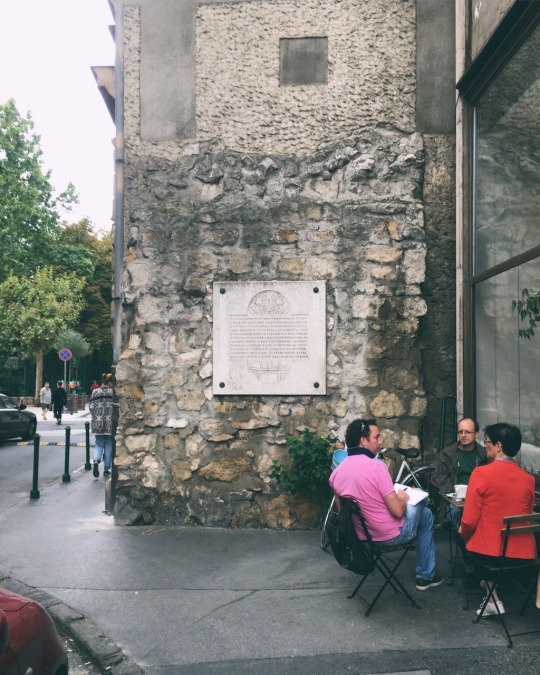
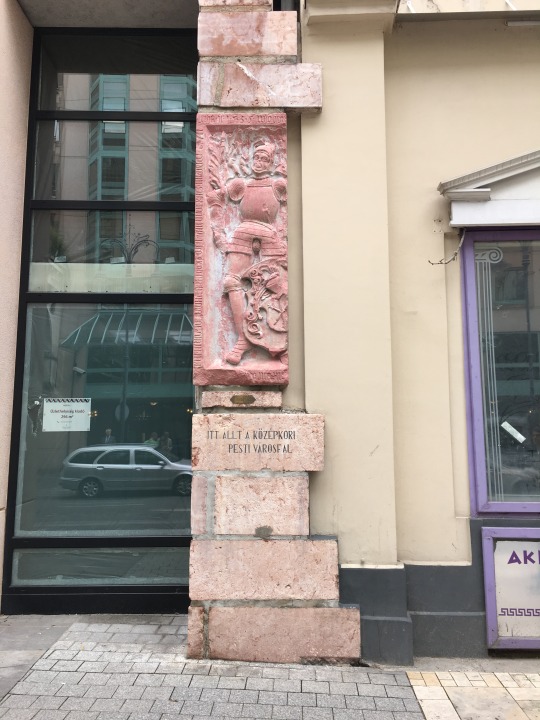
Budapest’s boundary consists of three cities; Obuda (north of Buda), Buda (west of Danube River), and Pest (east of Danube River). During the Middle Ages, each city constructed defensive walls to protect its citizens. Due to military advancement, infrastructural needs, and population expansion, these walls have been altered, demolished, and restored. The city wall of Pest can rarely be seen as a wall in its entirety. It has been integrated into different purposes; subterranean parking of Mercure Hotel, public parking near children park, decorative art adjacent to a hotel or cafe, etc.
4 notes
·
View notes
Photo
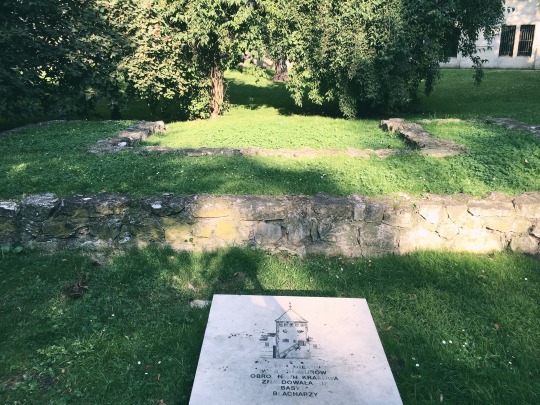
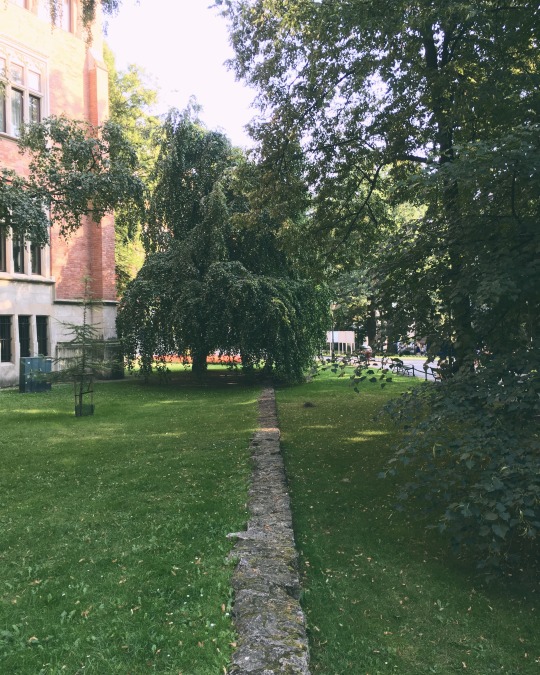
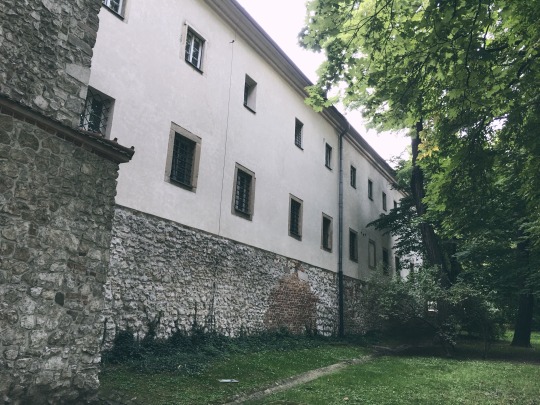
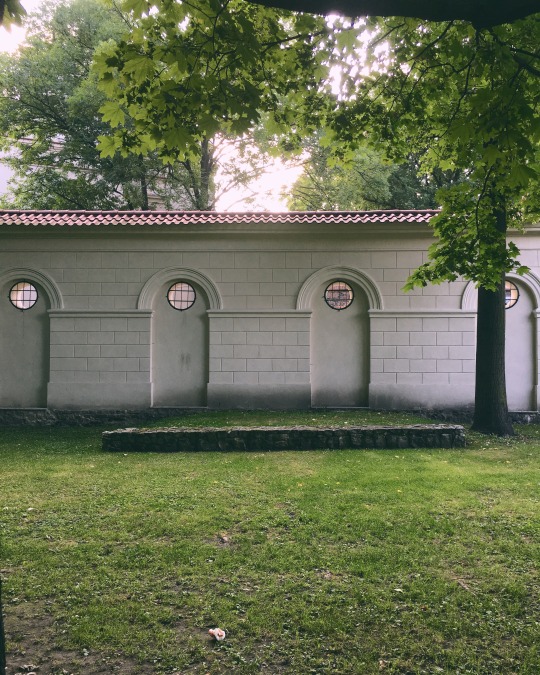

Following along the garden, the reminiscent of the old walls can be detected and its representation differs as it cut through the softscape and hardscape of the city. In some cases, the foundation of the wall acts as a pedestal for new buildings, juxtaposing the old, textual relic with new, simplified facade.
2 notes
·
View notes
Photo
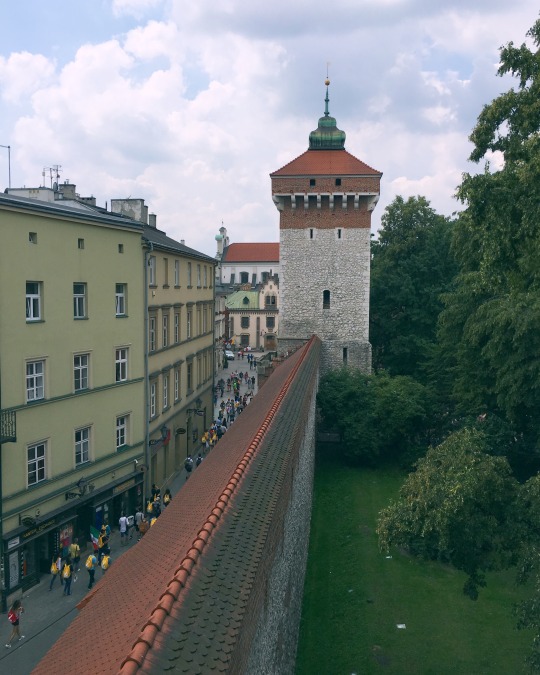
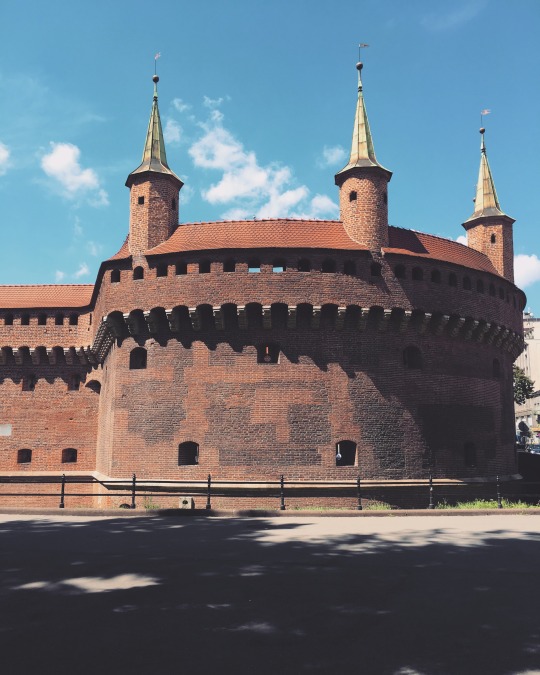
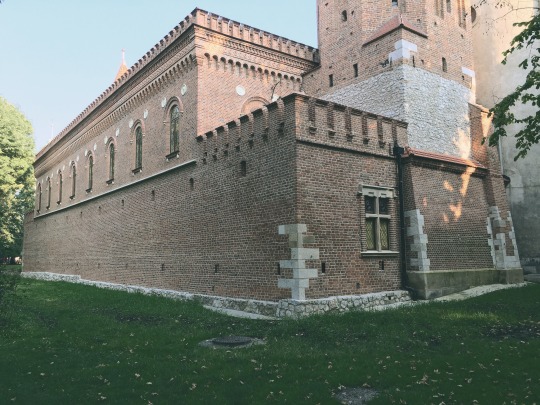
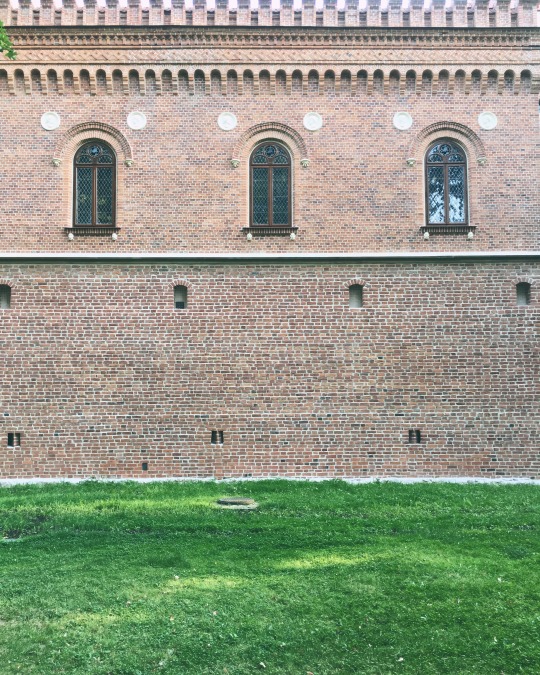
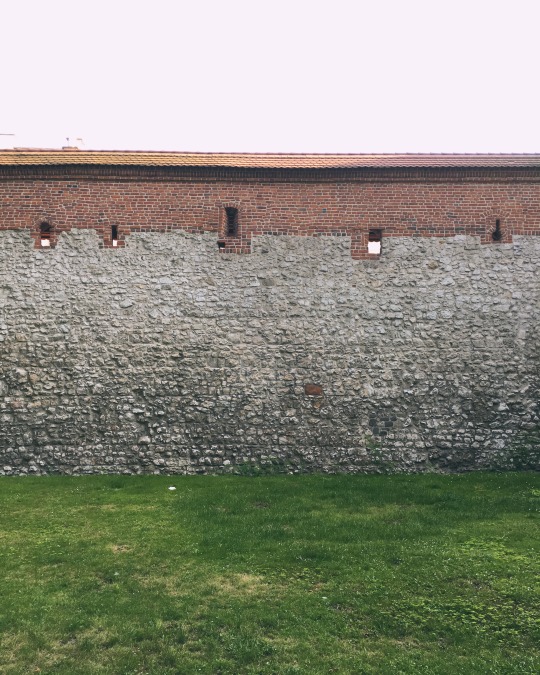
The Barbican of Kraków defended against multiple invasions, including Habsburg’s armies, King Gustav’s armies and Russian armies. It also acts as the most significant and noblest gate of country capital. Due to rapid development of siege techniques and of firearms, the country planned to modernize its fortification, however, never completed due to the tempestuous history of the country. In 1806, Austrian decrees begun the liquidation of the walls, for the most part in disrepair. In 1822, the city implemented one of a kind garden along the old city, demarcating the form of the city, similar to how the Barbican once shaped the inner city. Today, fragments of the walls, towers, and gate are preserved in the northern portion of the city.
2 notes
·
View notes
Photo
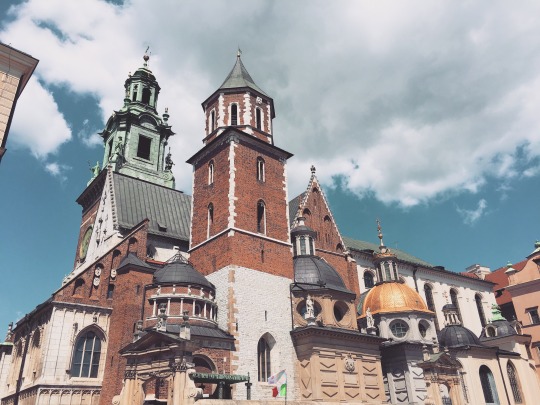
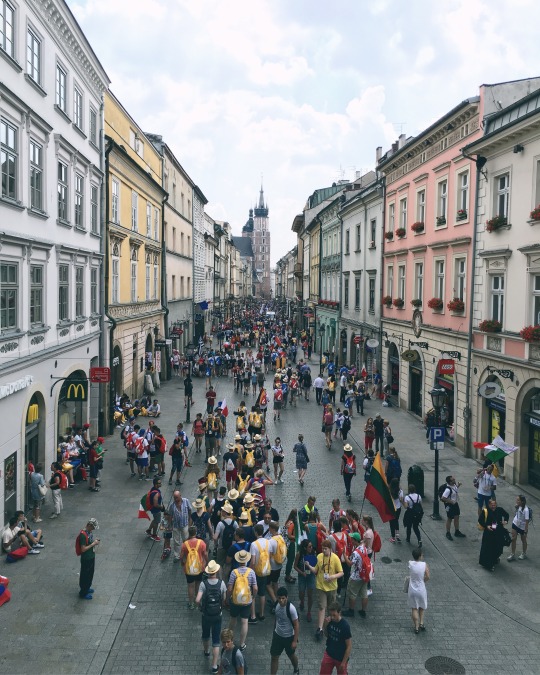
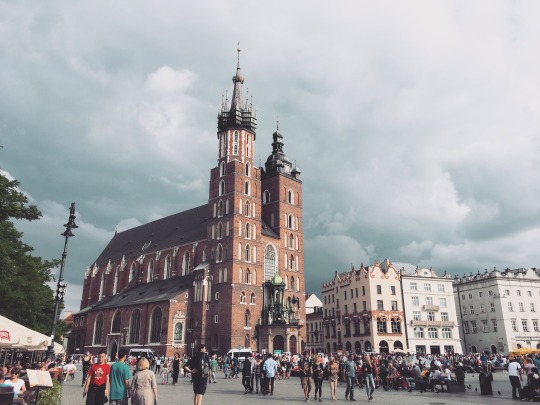
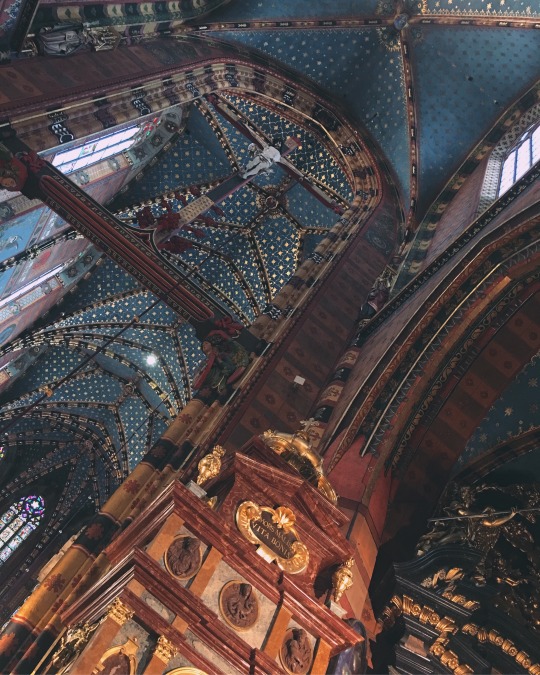
As both the second largest and second oldest city in Poland, Kraków has developed at a slow pace. Most of the well preserved buildings are Catholic churches. Kraków has constructed about 20 churches in the historic city center. It was my privilege to experience the World Youth Day held in the city resulting in a population explosion from 800,000 to 2,800,000 overnight.
82 notes
·
View notes
Photo
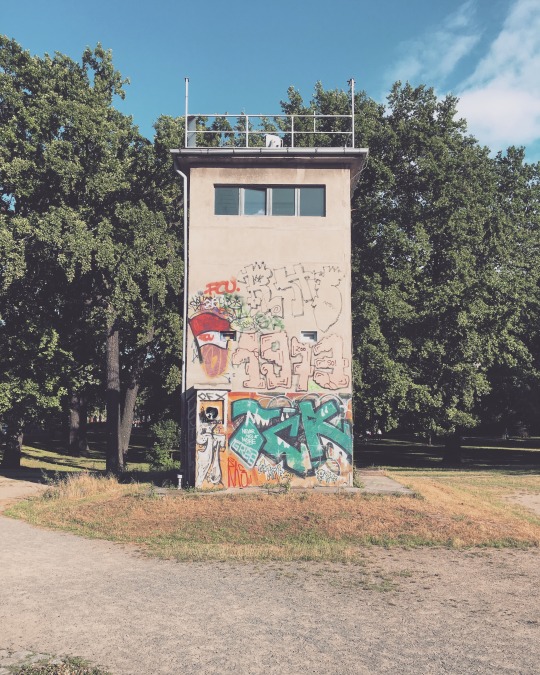
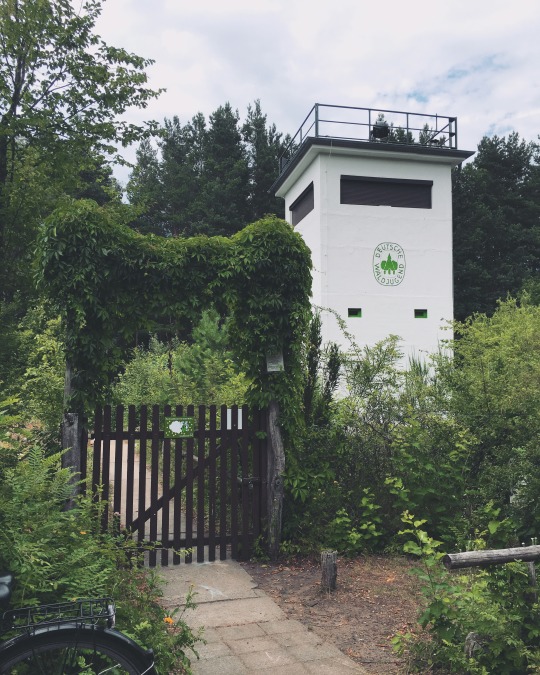
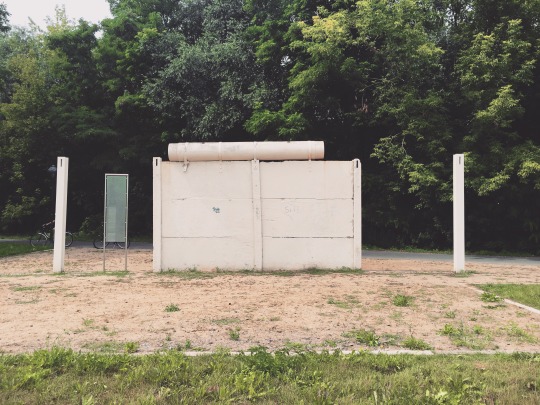
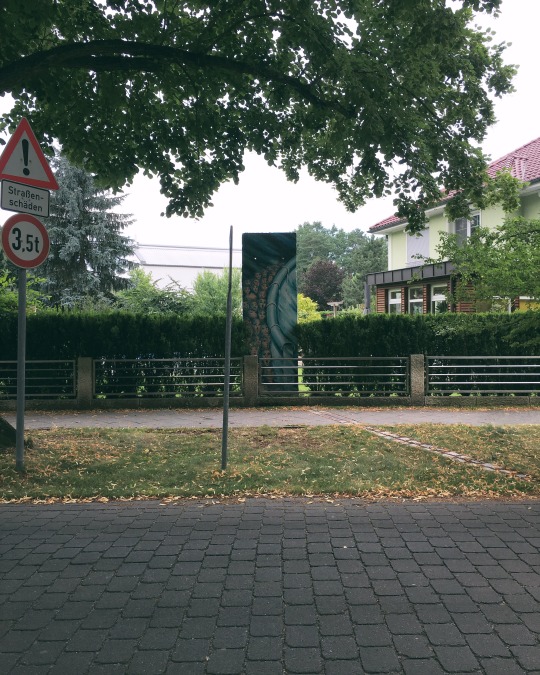
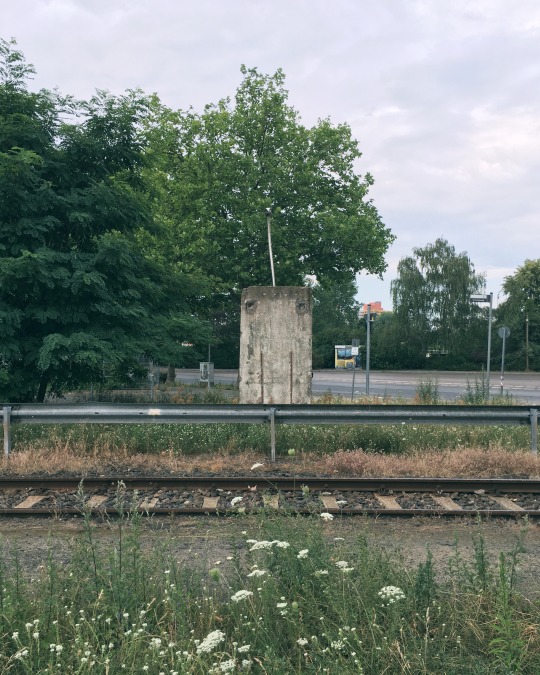
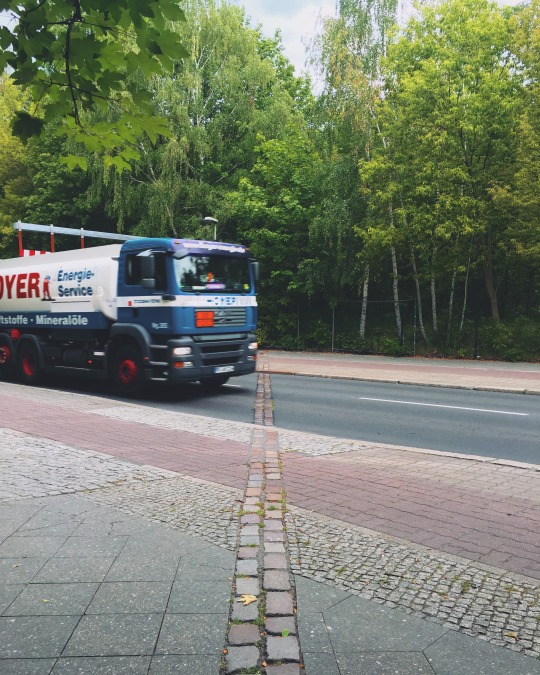
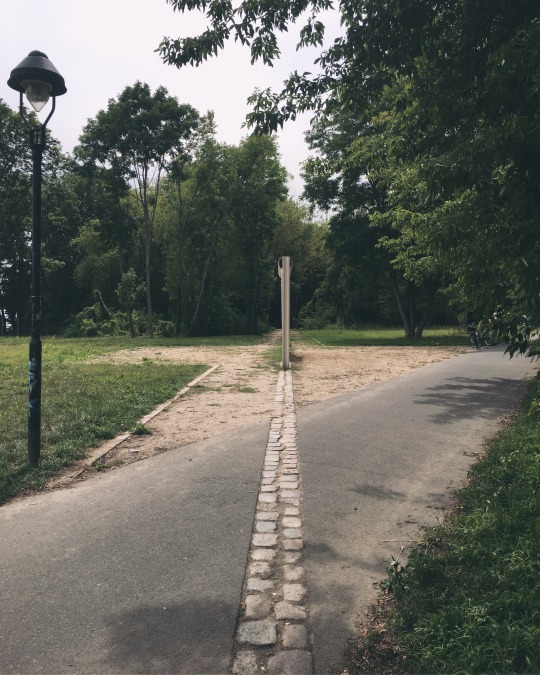
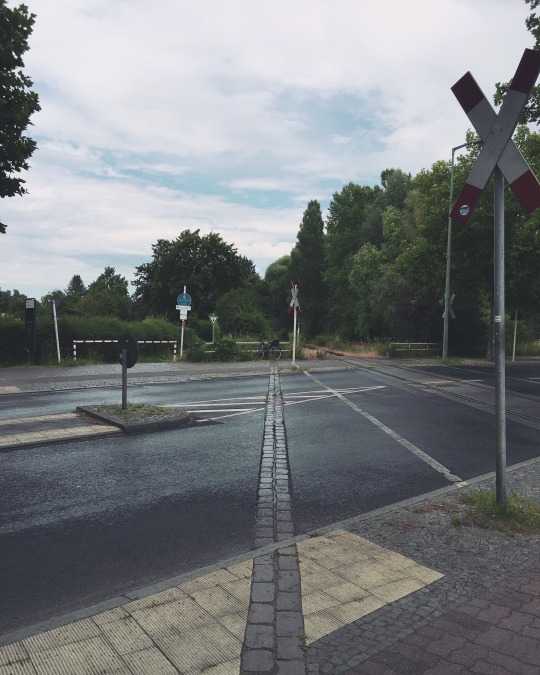
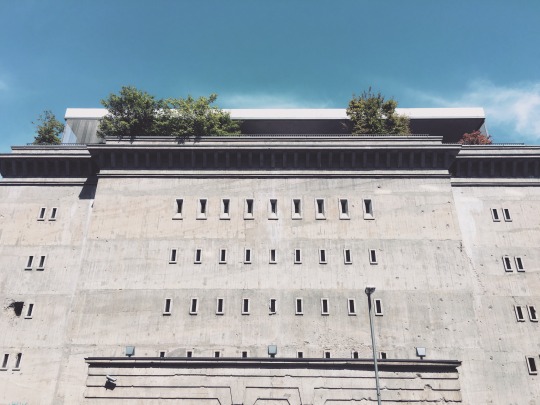
5 notes
·
View notes
Photo
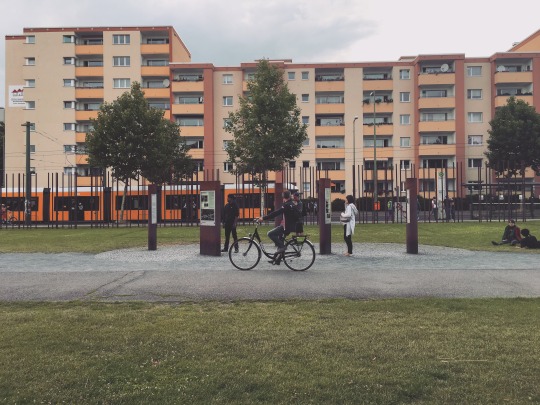
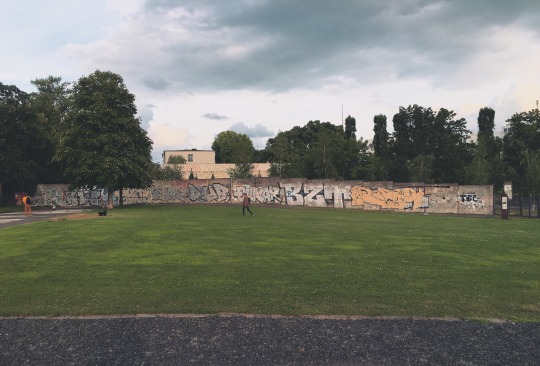
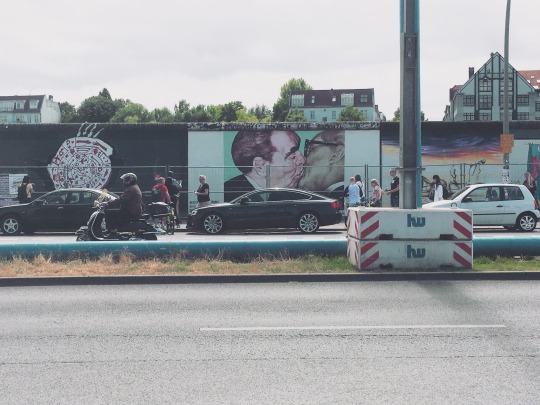
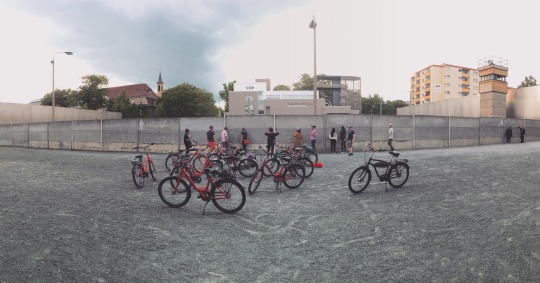
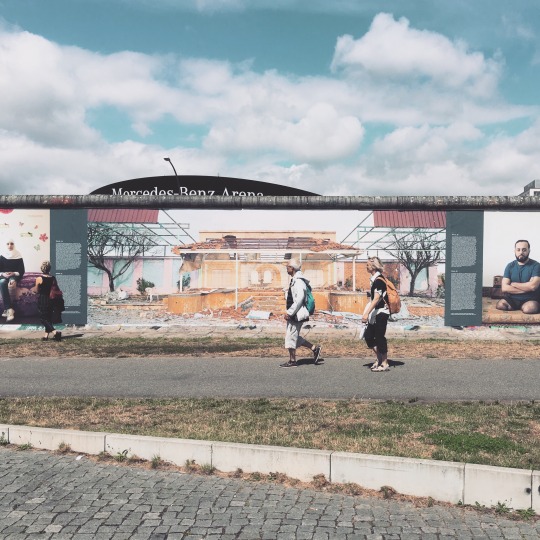
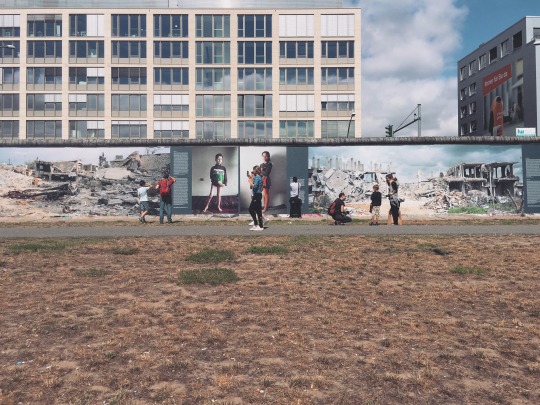
East Side Gallery on Mühlenstraße and Berlin Wall memorial on Bernauer Straße. Since the fall of Berlin Wall in 1989, some neighborhoods demolished the wall, some left it untouched, and some treated it as propaganda. These series of events can be clearly seen as we follow along the trace of where the wall once stood.
2 notes
·
View notes
Photo
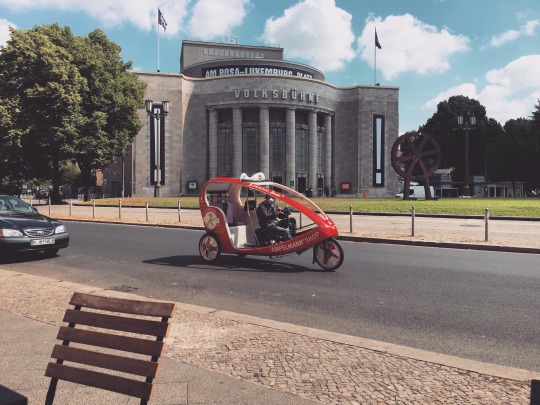
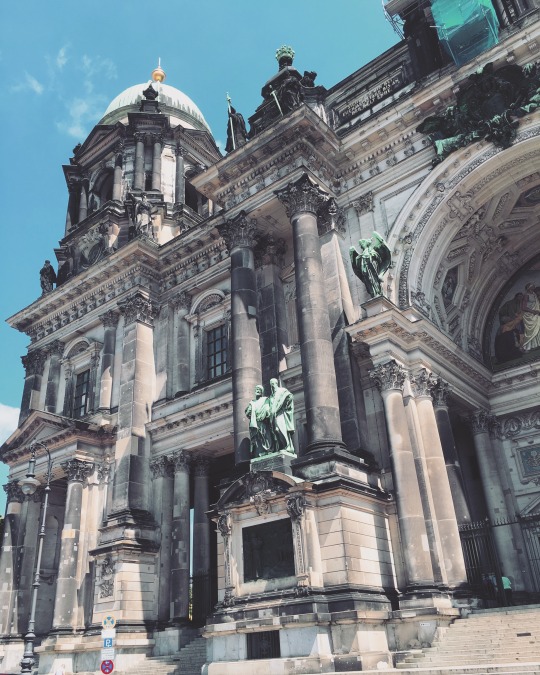
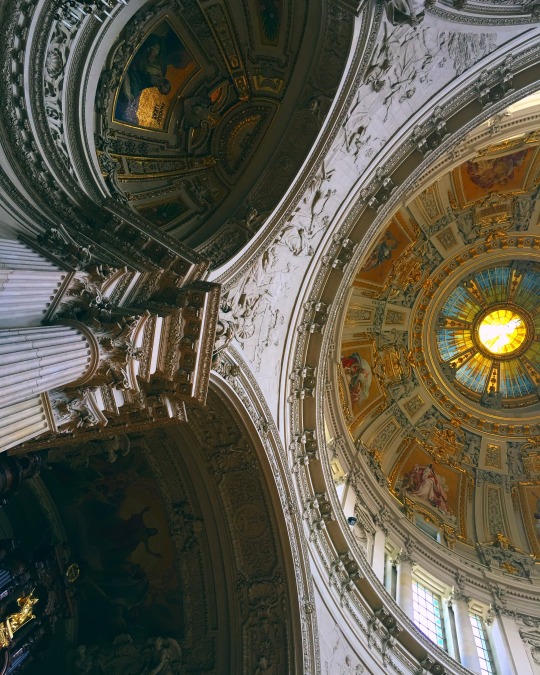
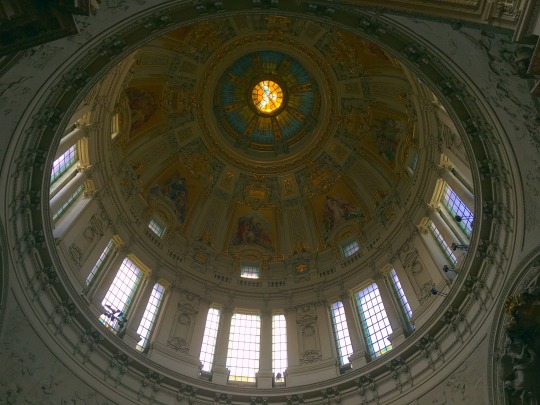

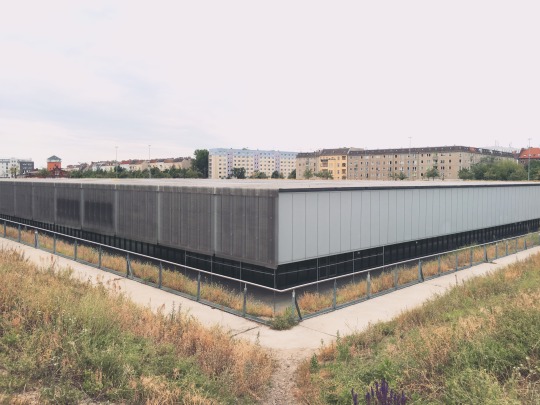
Begin with Rosa Luxembourg, then enter this incredible Berlin Cathedral, kayaking as a break from building looking, end with Dominique Perrault
0 notes
Photo
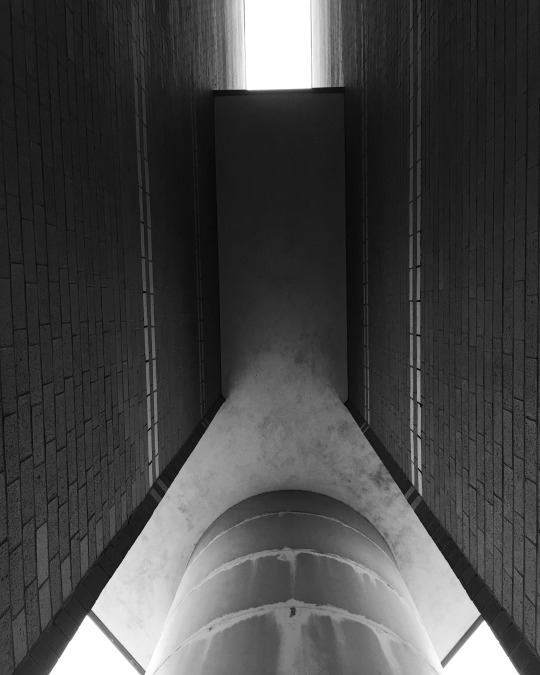
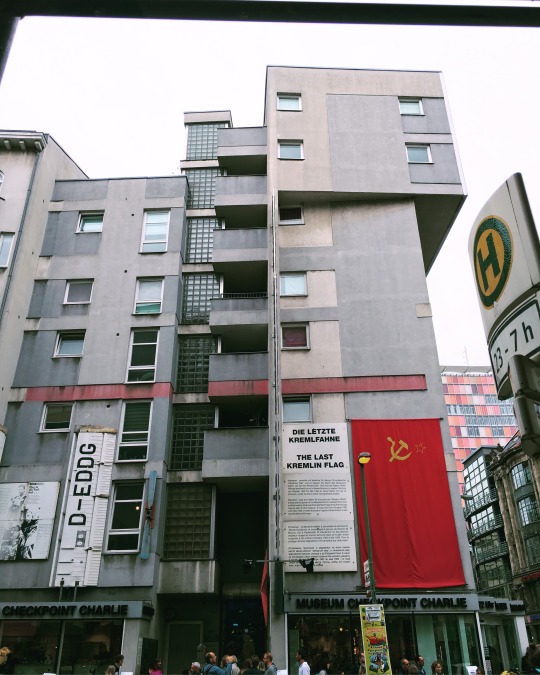
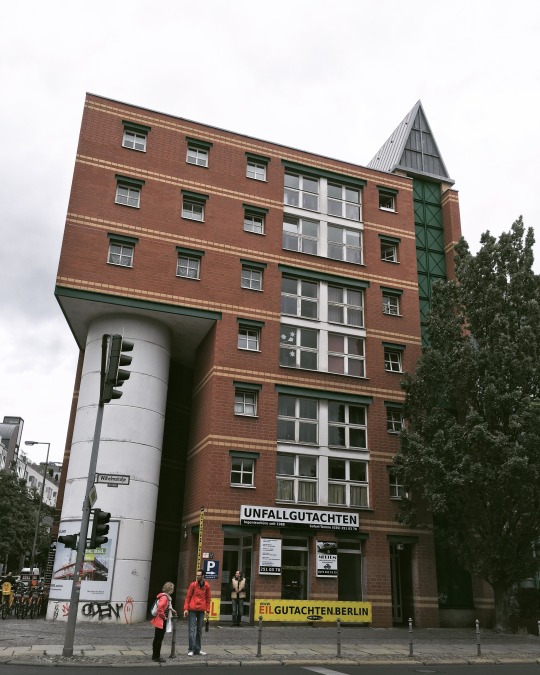
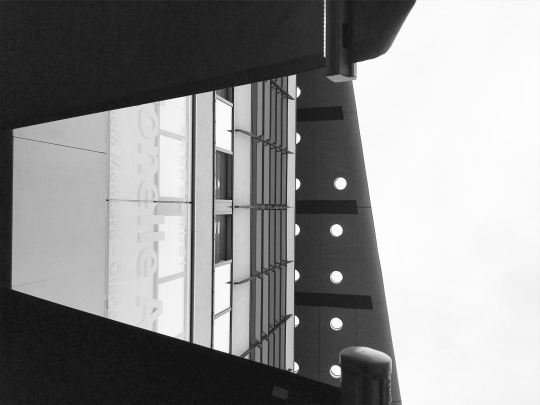
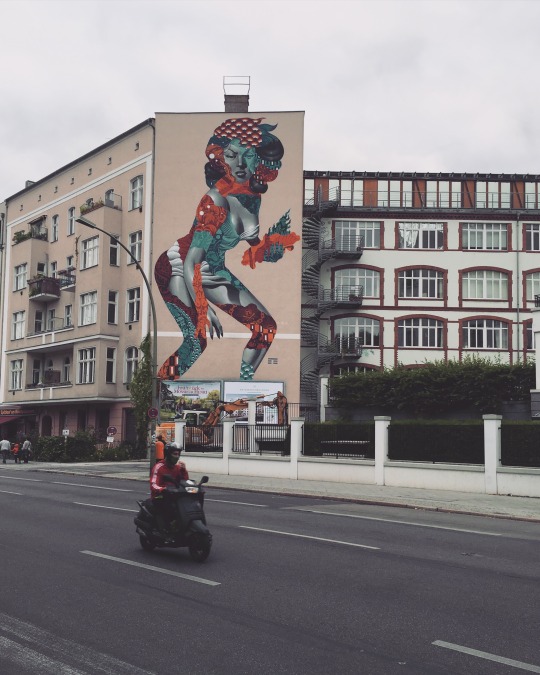
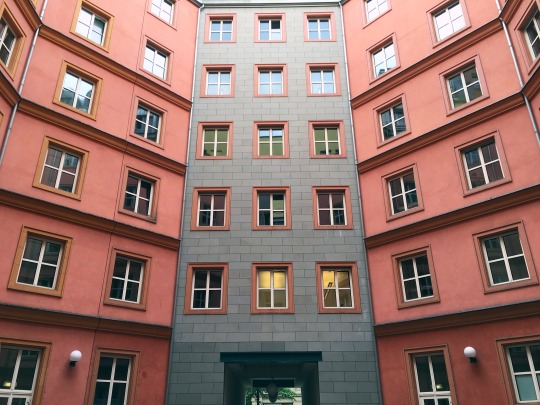
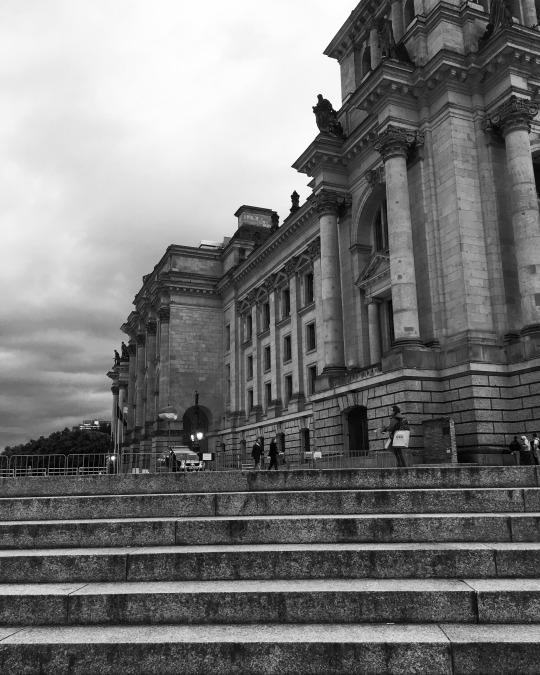
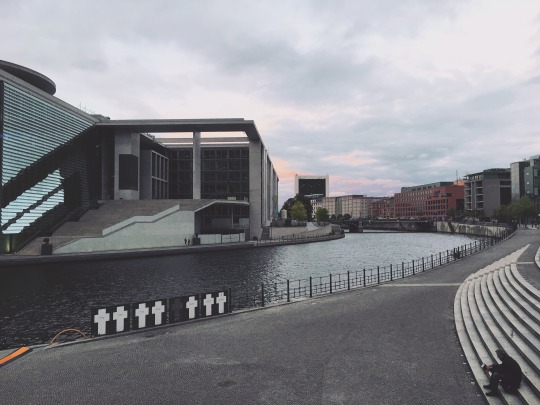
Site visit to significant architecture and history of Berlin
#also rossi#rem koolhaas#spree river#housing#checkpoint charlie#peter eisenman#bundestag#light show#cavinscholarship
1 note
·
View note
Photo
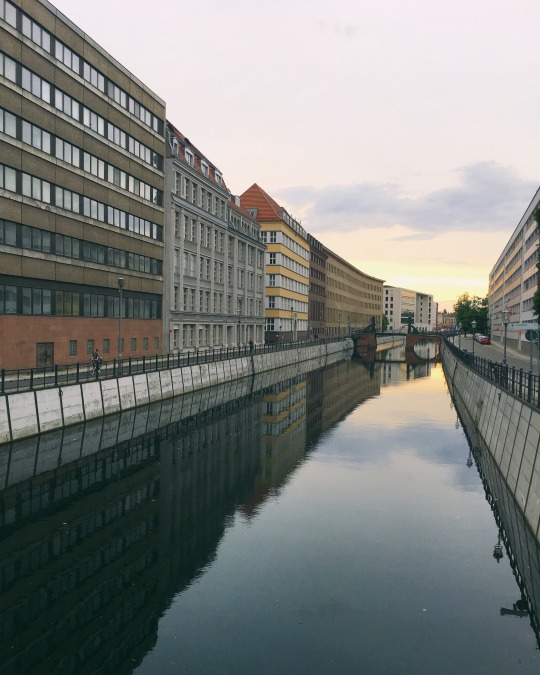
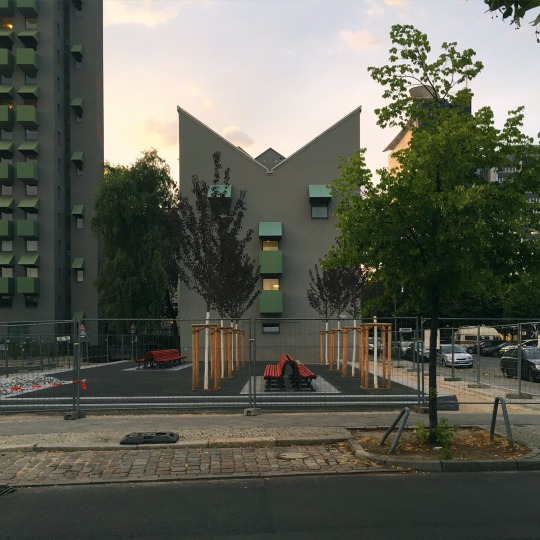
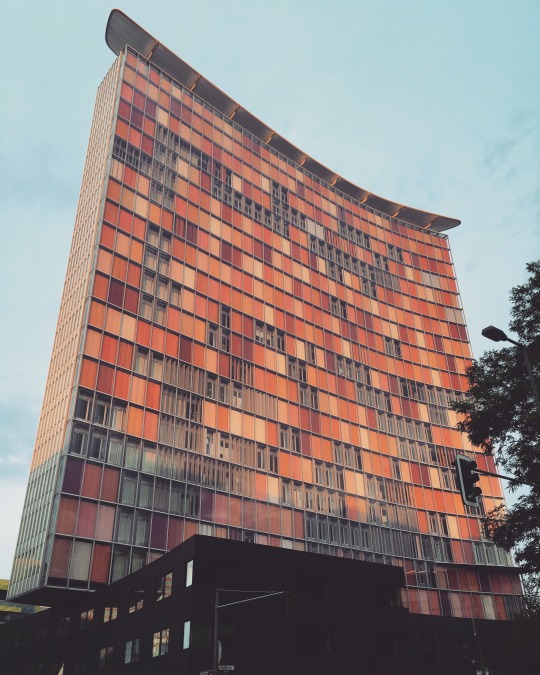
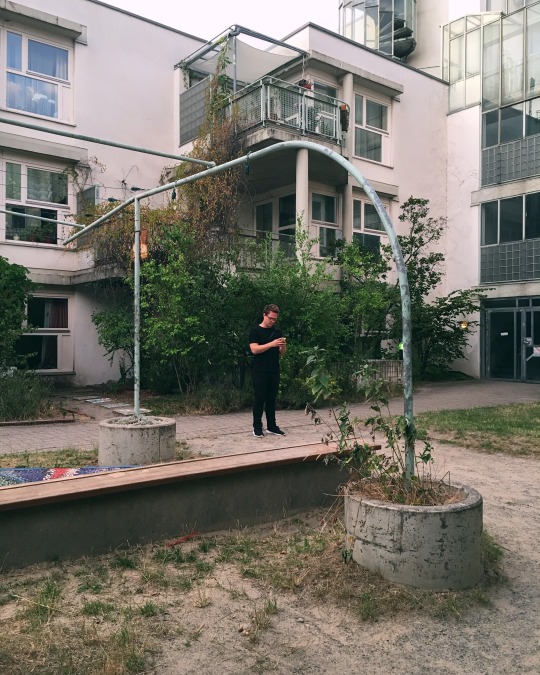
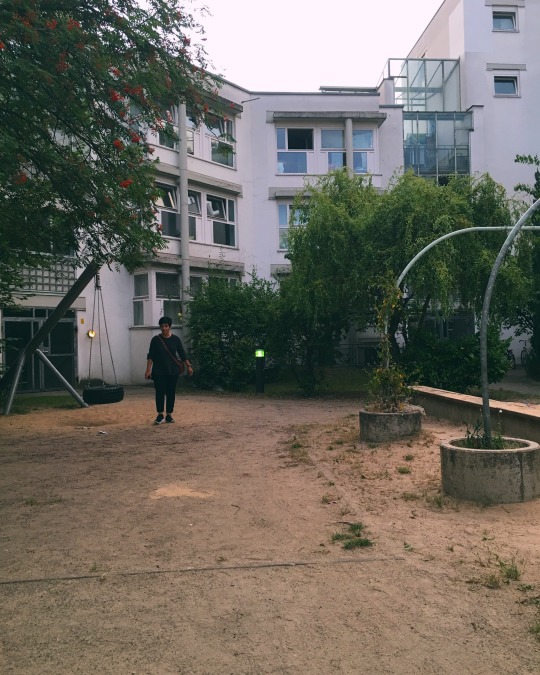
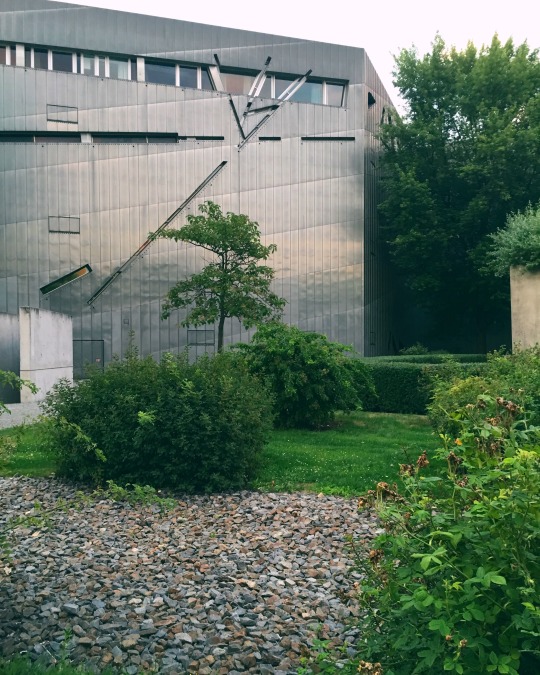
First evening in Berlin. A walk through of the city and its architecture
#spree river#john hejduk#daniel libeskind#iba housing#jewish museum#berlin#cavinscholarship#Herman herzberger
0 notes
Photo
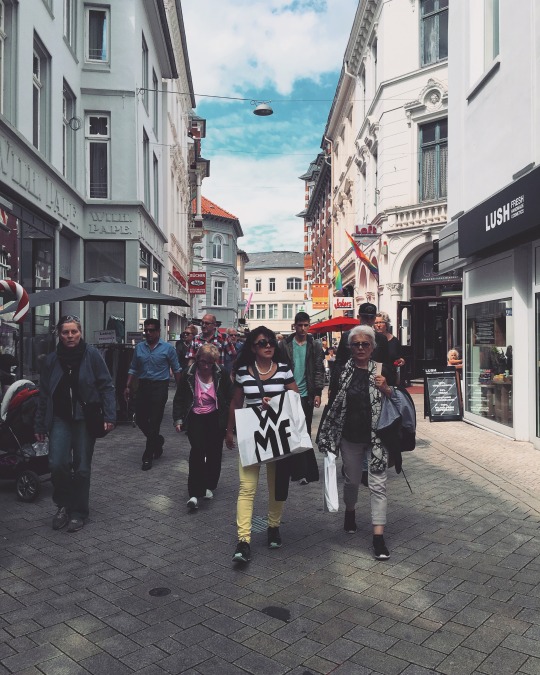
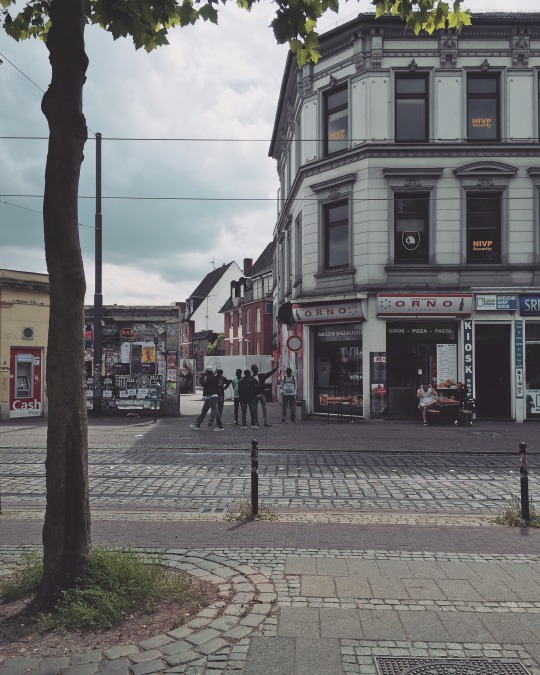
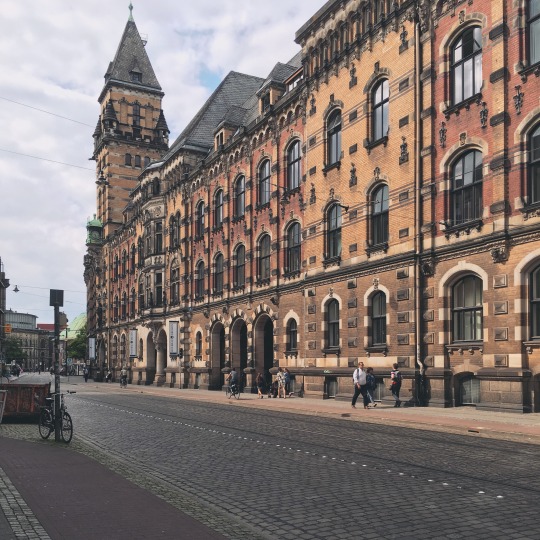
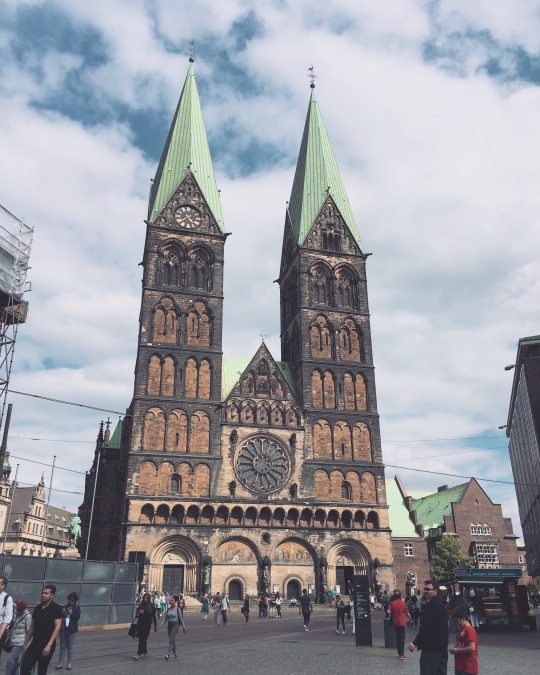
Oldenburg and Bremen
0 notes
Photo
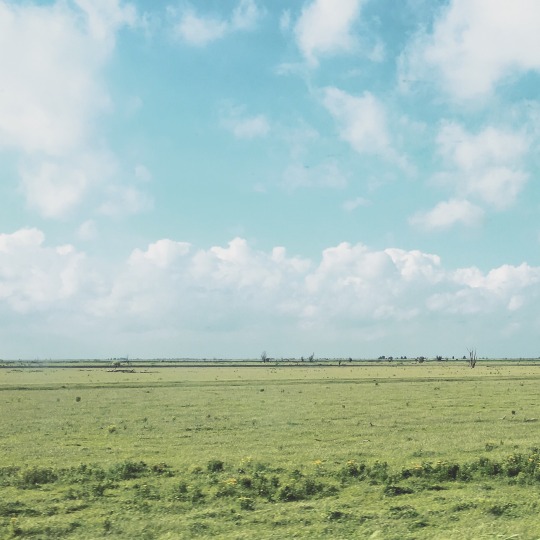
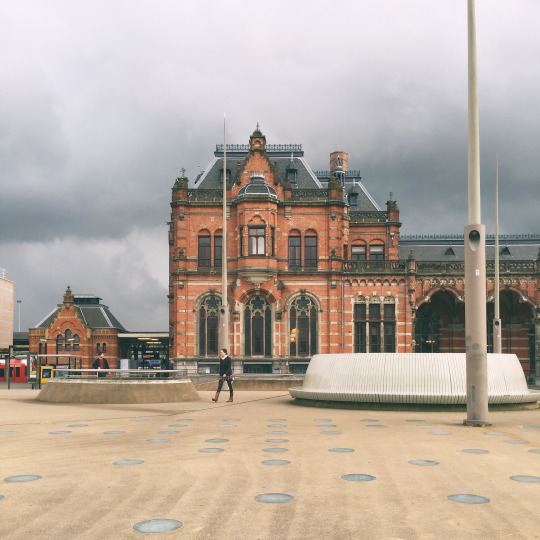
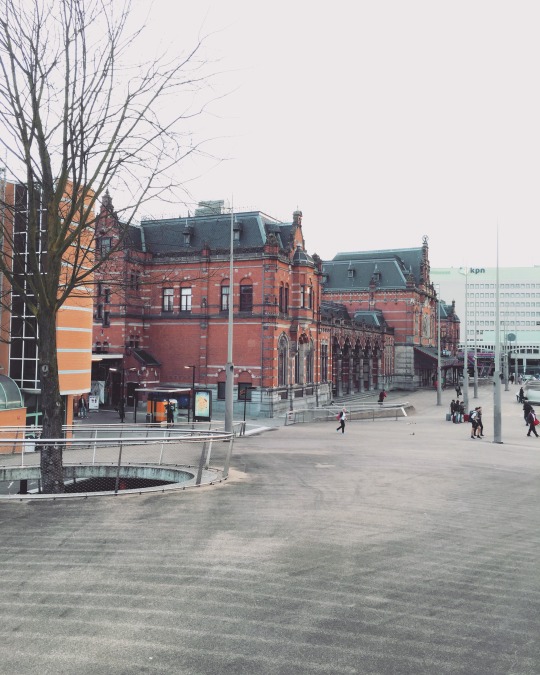
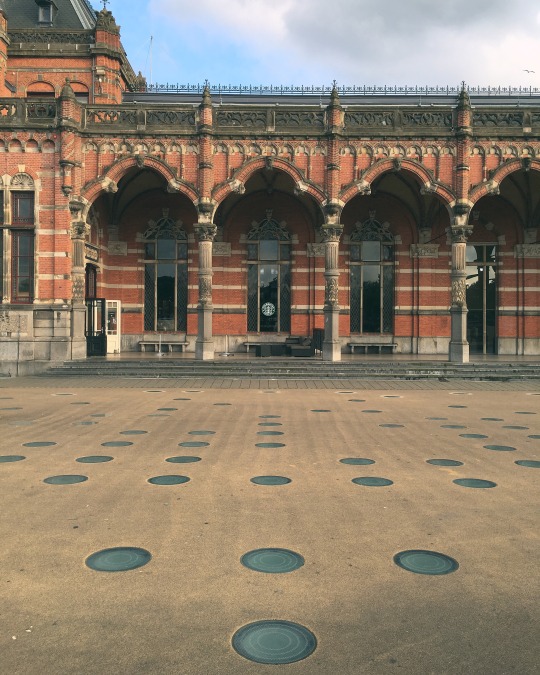
Leaving Netherlands. Last stop in Groningen. Next stop in Oldenburg.
0 notes